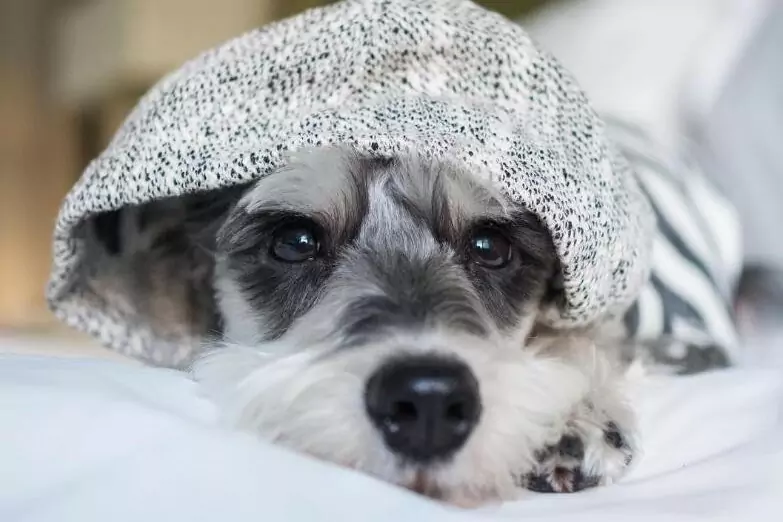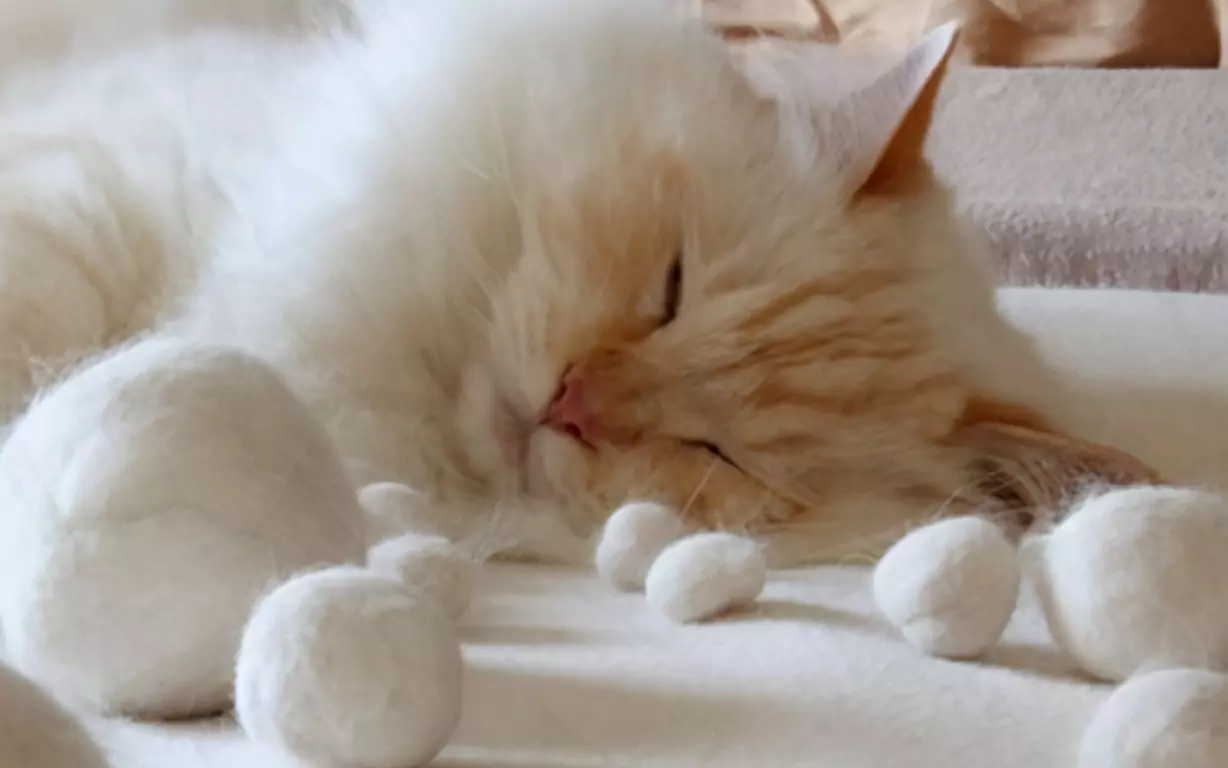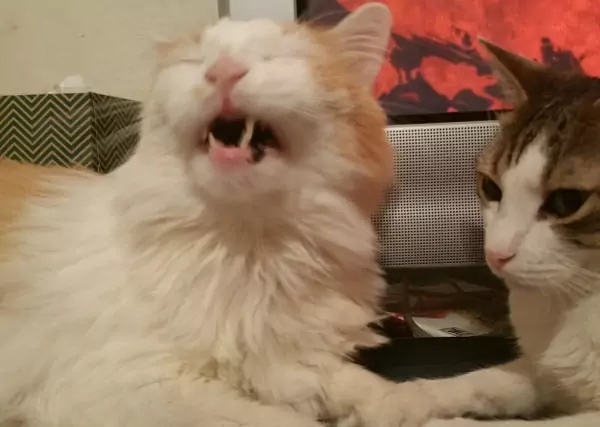Do cats get colds? What is a cat's cold?
2022-07-08
I. Cats can catch a cold
Do not look at the cat has a fluffy hair though the role of warmth is very good when the weather becomes cold, the role of cold is very low, so it is easy to neglect to keep the cat warm, it will be cold and cold problems, especially some kittens and old cats, these poorer physical conditions of the cat, a little inattention to the cold when the owner sees the cat cold, you have to take the necessary measures to help recover as soon as possible.
1銆並eep warm
Although cats have a layer of fur, the role of cold protection is relatively low, so the owner should strengthen the warmth measures for cats when they have a cold, and try not to take the cat out in cold weather, otherwise, it will aggravate the problem of cold. Provide some cat litter, clothes, warming bags, etc. at home to warm it up and let the body get warmed up. Generally, a mild cold will slowly recover after a good warming job.
2銆丼upplementing nutrition
When a cat has a cold, it will usually sneeze, runny nose, cough, and other symptoms, and the impact on the cat's body is also relatively large, for weak cats, during the period to provide adequate nutrition to feed, such as cat food, nutritional cream, canned food, etc., and mixed into the food meow net sense of such nutrients, if the symptoms are more serious, the owner also needs to match some woof meow amo, to give the cat further If the symptoms are more serious, the owner needs to mix with some Woof Amor to give the cat further anti-inflammatory and do a good job of cleaning the face during the period.
3. Check the body temperature
The cat is usually accompanied by an elevated body temperature when it has a cold, to ensure safety, the owner at home regularly takes its temperature, so that the fever is not detected in time, the consequences are very serious, if the measured body temperature exceeds 39.5 degrees , we must hurry to take the cat to the hospital to reduce fever, and later according to the doctor's orders to do a good job of care, so that the cat quickly get better.
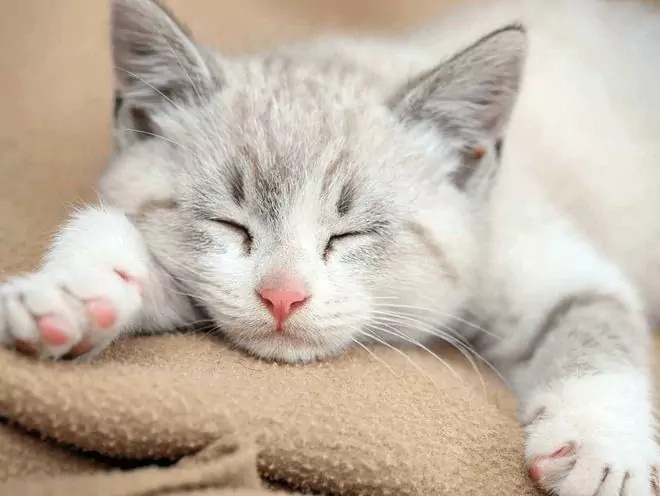
II. What is a cat's cold
1. Cat colds are not the same as human colds.
The so-called cat cold is a general term for three infectious diseases, namely feline herpesvirus infection (feline rhinitis), feline culexvirus infection, and feline chlamydiosis infected by Gram-negative cytopathogenic, caused by viral or bacterial infections. The main manifestation is an acute inflammation of the mucous membranes of the nose, mouth, and throat.
Therefore, the correct term for cat colds should be cat upper respiratory syndrome.
2銆両nfection pattern
This type of upper respiratory disease is easily contagious, and there are many ways of transmission. Cats may be infected by contact with each other, and the snot, saliva, and tears scattered into the air when the infected cat sneezes or coughs may also be infected by other cats after contact.
Upper respiratory syndrome in cats with good medical conditions and timely treatment does not have a high mortality rate. If the symptoms worsen, the cat can be life-threatening.
This virus is active all year round, but as the human cold, the most prevalent period is the cold winter months. In the winter, the winter air becomes relatively dry and the dryness causes the resistance of the cat's mucous membranes to decrease, making it easier to contract the virus.
Strong cats can heal from the disease by resistance, but it will be painful until they recover. Physically weak cats as well as kittens and older cats can easily deteriorate and die as a result.
Since the cold virus is different in humans and cats, there are few cases of cats and humans infecting each other.
3銆丟eneral symptoms
Eyes are red and swollen, tears (or discharge from the eyes) are flowing, and eye droppings may increase. The eyes may also have red and swollen conjunctiva and cornea and perforation, and the cat may not be able to open its eyes.
Blocked nose: In severe cases, the cat cannot breathe through the nose and can only open its mouth to breathe.
Drooling: With stomatitis and tongue inflammation, there will be a lot of drooling, which will be accompanied by a loss of appetite in severe cases, leading to a loss of energy
Sneezing: Severe cases of continuous sneezing.
Loss of appetite and fever: In severe cases, the fever can reach 40掳C, making the cat physically uncomfortable, and when the nose is blocked and cannot smell food, it will not eat.
A cat with a cold will sneeze, have a stuffy nose, cough, and have a fever, almost the same symptoms as a human with a cold. The secretion of eye droppings, tears, and abnormalities of the cornea and conjunctiva are not present in humans.
3.1 Initial symptoms of infection
Sneezing
Clear nasal discharge
Producing a lot of tears
Secretion of large amounts of eye droppings
Drooling
3.2 Symptoms in severe cases
Coughing
No appetite
Depression
Fever
Pus nose
Blocked nose
Breathing through the mouth
Hoarse call
4. Separate analysis of these three viruses
The surface symptoms of these three diseases are similar, and pathogen testing is required to confirm the diagnosis. (1 and 2 can be prevented by the Myo Santo vaccine)
4.1 Feline herpesvirus infection
Feline herpesvirus infection is the most well-known and relatively high incidence of upper respiratory syndrome. The main manifestations are fever, nasal discharge, and sneezing. It is mainly transmitted by contact, with the virus being excreted through nasal, ocular, and pharyngeal secretions, through direct nose-to-nose contact, and inhalation of droplets. Naturally recovered cats may also carry the virus for a long time. Infection in pregnant female cats can cause miscarriage.
After infection, ocular and nasal discharge increases, initially as a clear liquid, and then develops into a mucopurulent discharge. Some cats show abnormalities in the conjunctiva and cornea, sneezing and coughing, loss of appetite, and lack of energy. There may be a fever over 40掳C, which can cause pneumonia in severe cases.
Treatment.
Routine antiviral and anti-inflammatory treatment, an additional application of antibacterial and antiviral eye drops for cats presenting with conjunctivitis.
4.2 Feline culexvirus infection
The symptoms are very similar to those of herpes virus infection. Main manifestations: oral ulcers, drooling, and joint problems. The source of infection is mainly sick cats.
Pet stores, animal hospitals, boarding shelters, and other places with a high concentration of cats are conducive to transmission, so cats should not be taken out as much as possible.
Kittens are most susceptible to infection. Cats can carry the virus for months or years after recovery.
Symptoms begin with increased eye and nose discharge, sneezing, mouth ulcers, loss of appetite and energy, sometimes diarrhea, and possibly fever.
In contrast to herpes viruses, which have more pronounced and severe oral problems, the conjunctiva of the eye is not as severely abscessed or perforated.
Treatment.
Perform routine antiviral and anti-inflammatory therapy with broad-spectrum antibiotics to prevent secondary infections.
4.3 Chlamydia infection in cats
The main manifestation is conjunctivitis and rarely shows respiratory signs. Occasionally, affected cats develop pneumonia and occasional snorting. A small number of cases have shown that chlamydial infection in cats can be transmitted to humans and cause conjunctivitis in humans, although the probability is small.
The incidence of feline chlamydial infection is very low and far less common than the first two diseases.
Symptoms may start as purulent conjunctivitis in one eye and progress to both eyes after a few days. Cats lose their appetite and are reluctant to move around, and those with associated rhinitis show paroxysmal sneezing and runny noses. Severe secondary attacks may lead to bronchitis and pneumonia.
Treatment.
Routine use of antibiotics and antiviral drugs, together with eye ointment to clean the eyes and carefully clean up secretions from other areas.
III. Recovery process
Maintain appropriate humidity in the home, while providing a quiet place for the cat to rest. In the north, dryness can cause the resistance of the mucous membranes to decline, and a humidifier can be used to keep the environment at the right humidity level. In the south, it is best to use a dehumidifier, as high humidity makes it easy for bacteria to grow.
Give good food: Cats rely on their sense of taste to identify food, and if their noses are blocked, they are likely to not eat. All owners can feed their cats more according to what they usually like to eat, here are a few tips: for example, you can slightly heat the food to stimulate the flavor, or buy some prescription canned food that cats prefer to eat when they are sick. If you do not eat for a long time, you will need fluids to maintain nutrition.
Help the cat to wipe the discharge from the face. If the hospital prescribes eye or nose drops, use them on time according to the doctor's instructions.
Isolation. If there are many cats in the house, they need to be isolated as much as possible, so do not reject the cage. Now that rooms are so expensive, I wonder how many rooms can be dedicated to isolating cats.
#
Symptoms
#sneezing
#cold
#conjunctivitis
#runny nose
#infection
#herpes virus infection
#respiratory tract
#cat clothing
Previous:Can cats be autistic?
Was this article helpful to you?
Other links in this article
português (Brasil):
Os gatos pegam resfriados? O que é o resfriado de um gato?
日本語:
猫は風邪をひくのか? 猫の風邪とは
中文简体:
猫会感冒吗?什么是猫的感冒
中文繁体:
貓會感冒嗎?什么是貓的感冒
Comments
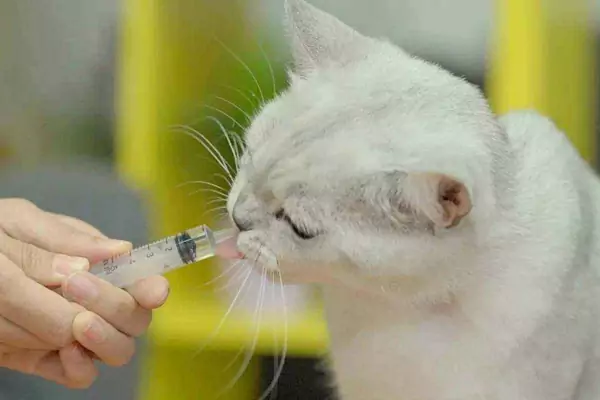
How do I get my cat to take medication?
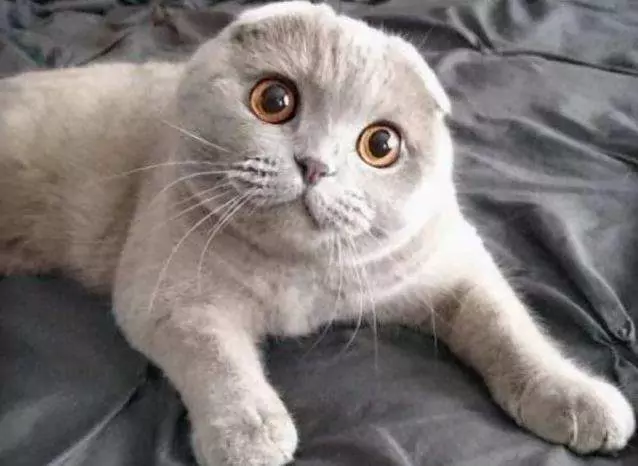
How long can cats live? Symptoms of cats before they die

Do cats get colds? What is a cat's cold?
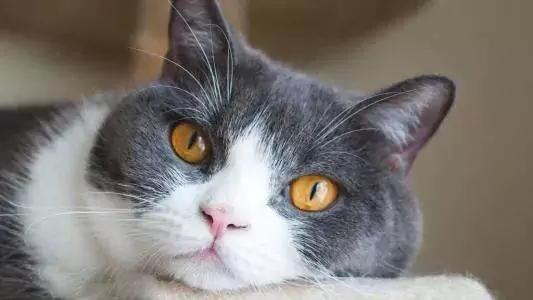
Why do cats sneeze? What are the reasons why cats sneeze?
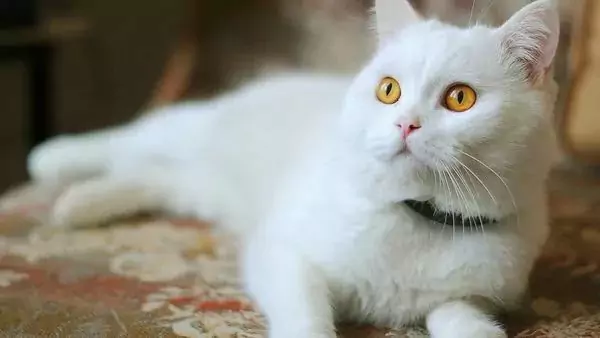
How to get rid of fleas on cats naturally? Why do cats have fleas on their bodies?
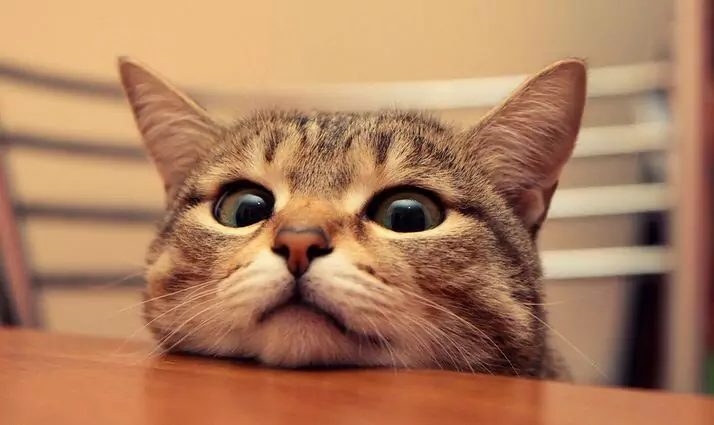
How to check for ear mites in cats
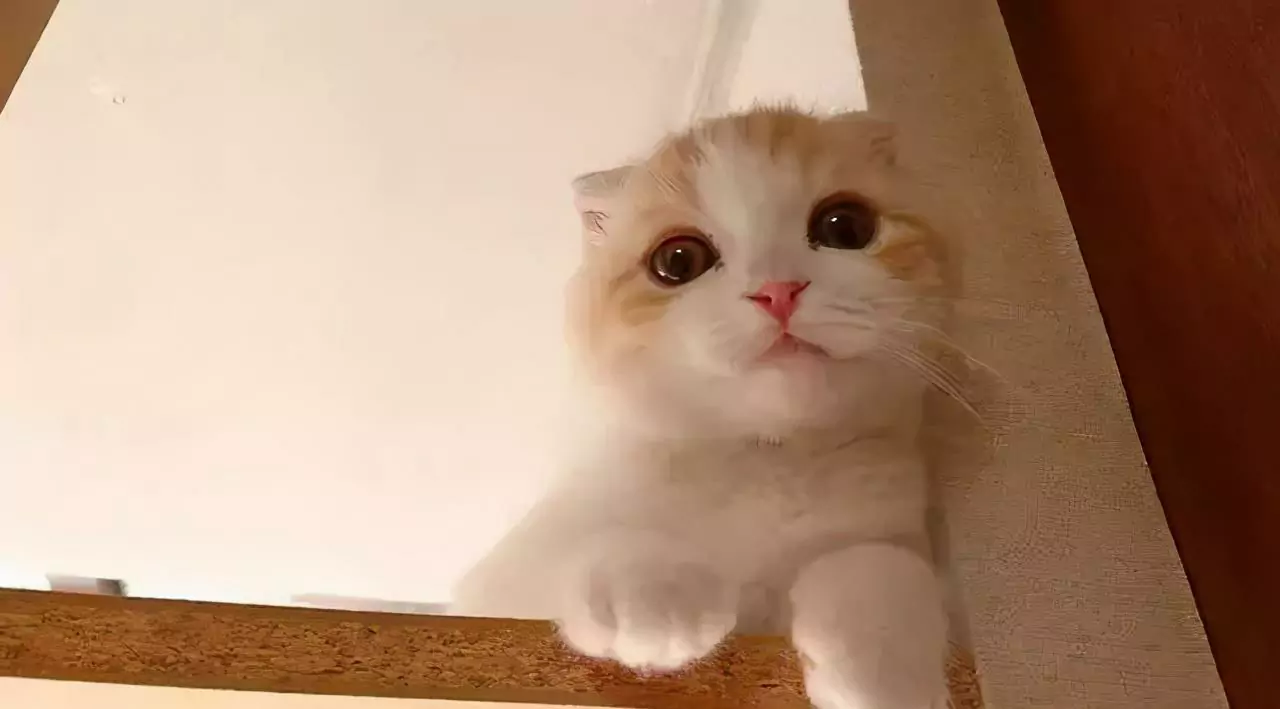
Why do cats vomit? Judging cats based on vomiting
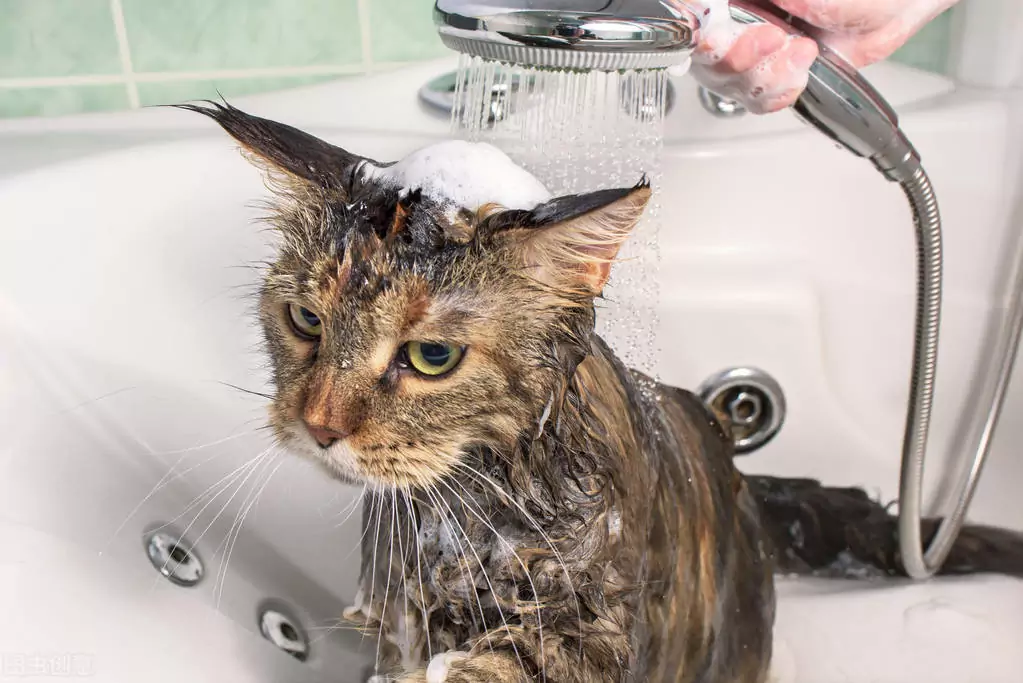
How do get rid of fleas on cats? How can I tell when I have fleas on my cat? How to prevent fleas?
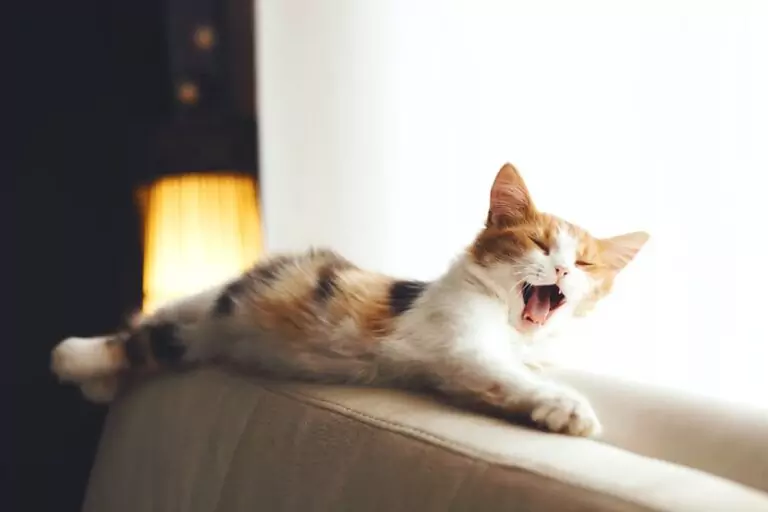
Why does my cat cough
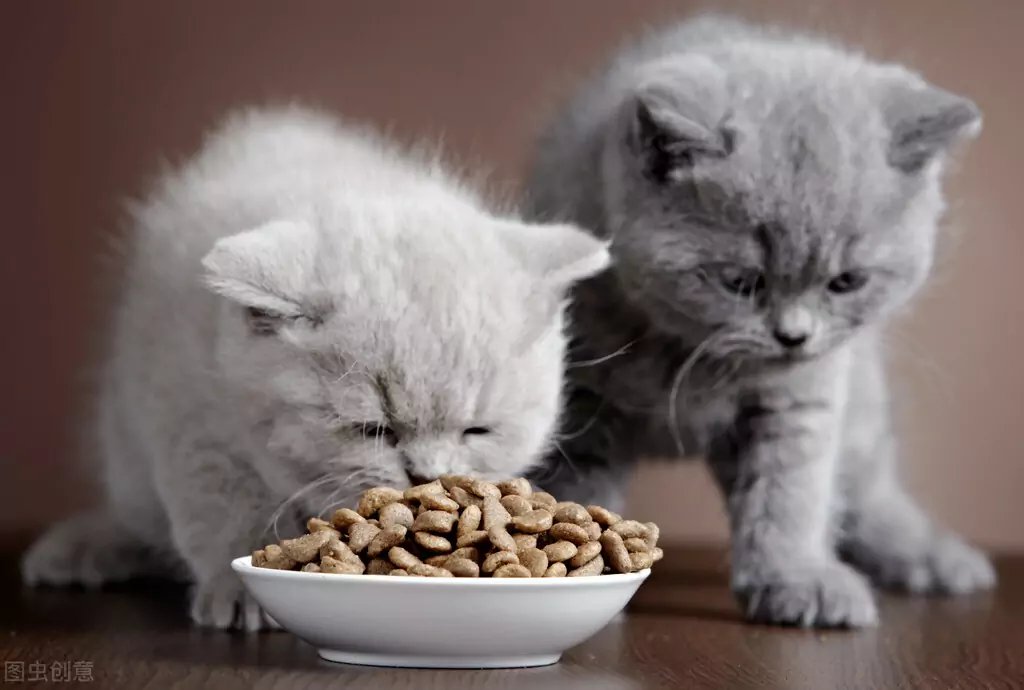
Why does my cat vomit undigested food? Causes of vomiting in cats







